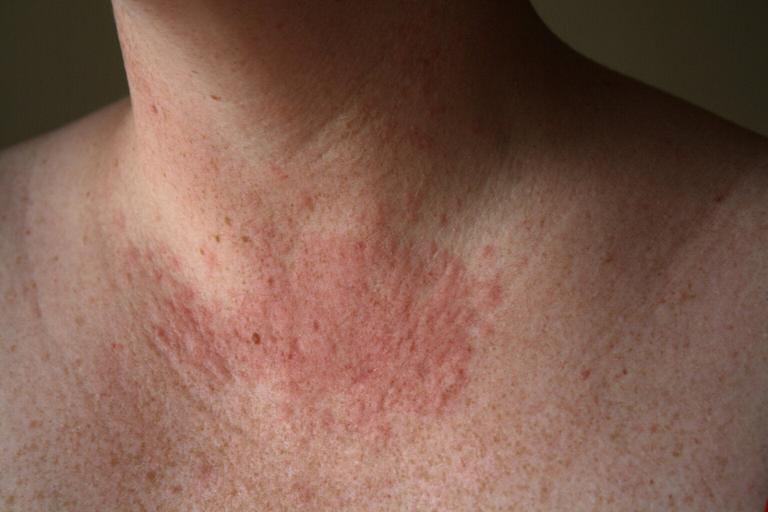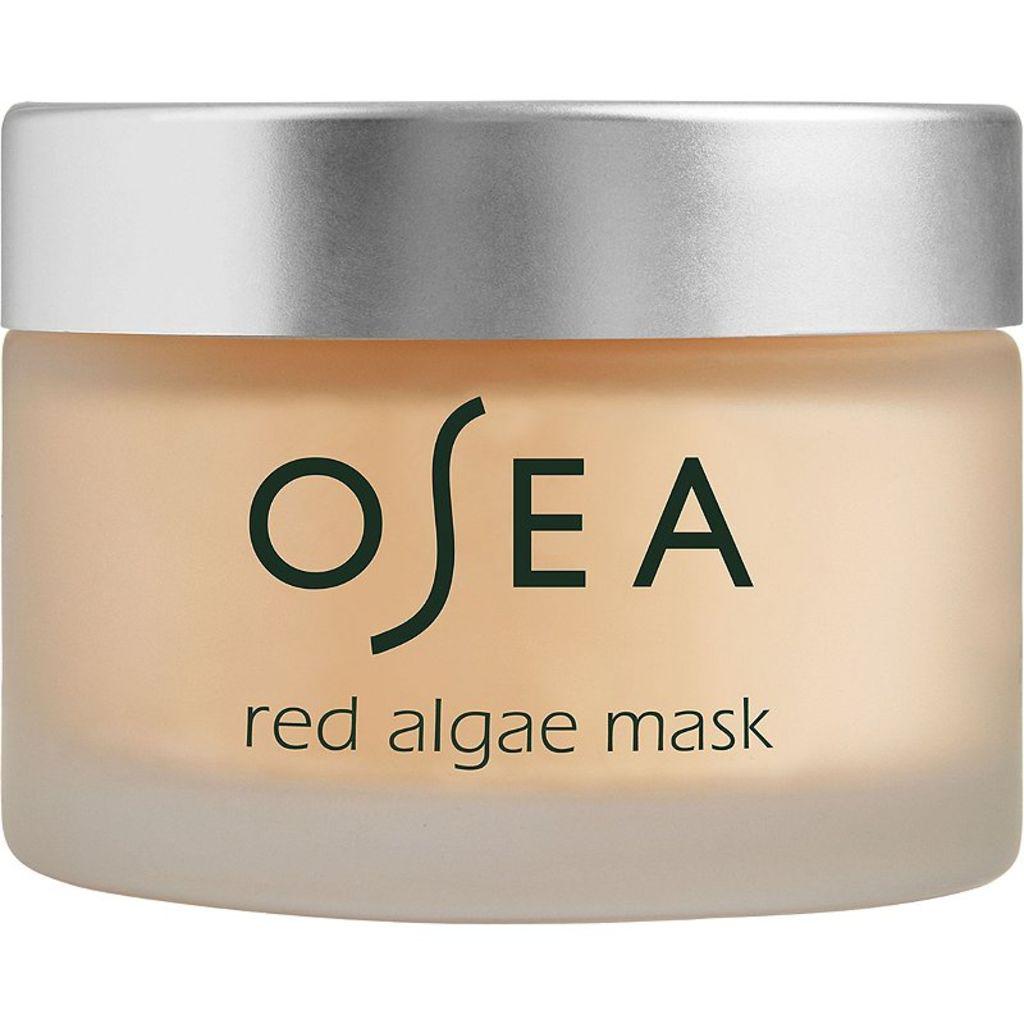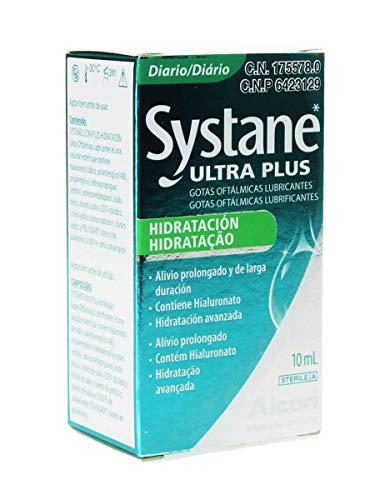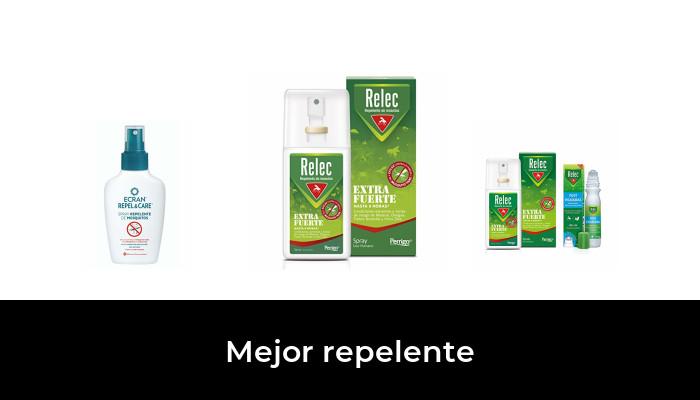Sun allergy, what is it really?
"Alergia al sol" es el nombre coloquial de una serie de enfermedades que generan reacciones y problemas en la piel relacionados con la exposición a la luz solar. En realidad, el término es erróneo, pues la mayoría de esas reacciones no son alérgicas.
These are the risks of not exposing yourself at all to the sun
An allergy is a reaction of extreme sensitivity by the immune system against a substance that considers harmful or harmful, but that most people do not generate any discomfort.On the other hand, in almost all cases that are usually called "sun allergy", the immune system is not involved.
Therefore, a more appropriate way to call these problems - at the same time of sun allergy - is photodermatosis or photosensitivity diseases.This is explained by allergologist María Dolores del Pozo Gil in an article that is part of the book of allergic diseases, edited by the BBVA Foundation.
Symptoms on the skin of possible "allergies"
As they are diverse pathologies, the symptoms of sun allergy also differ, although the most common - according to the experts of the May Clinic, of the United States - are the following:
Beyond that variety in symptomatology (and also in its frequency, severity and evolution), the Gil well points out that the existence of a photodermatosis should be suspected provided that a cutaneous eruption occurs in the areas most exposed to sunlight, such asthe face, neck or back of the hands.
Most frequent photosensitivity diseases
1.Polymorphic solar eruption

Considered the most common of photodermatosis, it can affect up to 15-20% of the general population.It causes "a cutaneous eruption of varied morphology," says Gil's well, "which is located predominantly in the face, neckline, forearms and anterior legs of the legs".
It affects mainly young women.As usually appears before the first exhibitions to intense sunlight, it is more frequent in spring and early summer.And it is not necessary to lie to sunbathe to suffer it: a walk can be enough.
2.Solar urticaria
Solar urticaria is often confused with the polymorphic solar eruption, since many times it presents a similar symptomatology.However, injuries are usually larger (such as hrackers or habones), it affects men and women equally and not only in skin areas exposed to the sun, but anywhere in the body.
It happens that the one produced by the solar urticaria is an allergic reaction."It is produced by an immediate hypersensitivity mechanism in front of an unknown photo allergen," says Gil's well.
It is much less frequent than the polymorph solar eruption.But when a very large surface affects the reaction can include other problems, such as headache, nausea, difficulty breathing and low blood voltage.
3.Phototoxic reactions
Phototoxic reactions require, to occur, the sum of two factors.On the one hand, contact with sunlight.On the other, the intake of a medication, usually orally.
It can occur with medications as common as anti -inflammatories (including ibuprofen), antibiotics, contraceptives, antihypertensives and common psychotropic drugs (such as diazepam).
These reactions may appear in a matter of a few hours and even minutes, in the form of eruptions, ampoules or powerful burns.They can appear in people of any kind and age, so it is convenient to pay close attention to the suspicion of their emergence.
4.Photoallergic reactions
The so -called photoalergia also shows its reactions when exposure to sunlight is combined with an external substance to the organism, but in this case these substances are generally creams or cosmetics.They take some time to appear (between twelve hours and three days) and generate swelling and itching, similar to contact dermatitis.
The substances that most regularly generate these reactions vary over time.A few decades ago, the most common were soaps and perfumes that included these photo allergens in their composition.At present they usually occur mostly with sun protection creams or anti -inflammatory ointments.
5.Actinic prurigo
The actinic prurigo consists of an exaggerated skin reaction to solar radiation.It is a chronic, more common disease in older people or Latin American origin, and mainly affects women.It generates itching, and intense scratch usually derives in a thickening of the skin.
6.Cutaneous porphyrias
There are several types of cutaneous porphirias.In general, they are caused by a deficiency (or sometimes an excess) of certain enzymes, which make the body excessively produce a substance known as phototoxic porphyrins.The result is a negative reaction to sunlight.In addition to rashes, redness and ampoules, these porphyrias can cause abdominal pain and seizures.
Measures to prevent "allergies"
Many of these problems can be treated with medication, especially with antihistamines and corticosteroids.Therefore, it is advisable to go to the doctor as soon as reactions such as these are detected.
In most cases, such reactions do not leave scars or other permanent effects.From the discovery of any of these pathologies, specialists highlight the importance of assuming certain behaviors to avoid their negative effects, or at least reduce the chances of occurring.
A general prevention measure is to avoid the direct incidence of the sun's rays in the central hours of the day: between 12 and 17.It is also fundamental - and not only to avoid these "allergies" but also to avoid long -term skin damage - the use of creams with a high protection factor (at least 30).
The clothing used in the days of a lot of sun is also key: long sleeve garments, hats or caps and sunglasses must be prioritized to mitigate the impact of UV rays on the body.
Another measure that can avoid or reduce certain negative effects consists of, at the beginning of the summer season, exposed to the sun gradually and not suddenly.If you start with short lapses, the organism has time to adapt and the chances of suffering problems will be smaller.
For the rest, there are more serious pathologies, considered photoexacerbated dermatosis.Among them include some well -known diseases, such as psoriasis, rosacea and lupus.In these cases, care must be taken, pay attention to the doctor's advice and eventually look.
If you don't want to miss any of our articles, subscribe to our newsletters

![47 best antiage nutritive cream in 2022 [based on 326 reviews]](https://website-google-hk.oss-cn-hongkong.aliyuncs.com/drawing/article_results_6/2022/2/27/1918fc37c66ad30564173e69d9df88a0.jpeg)








